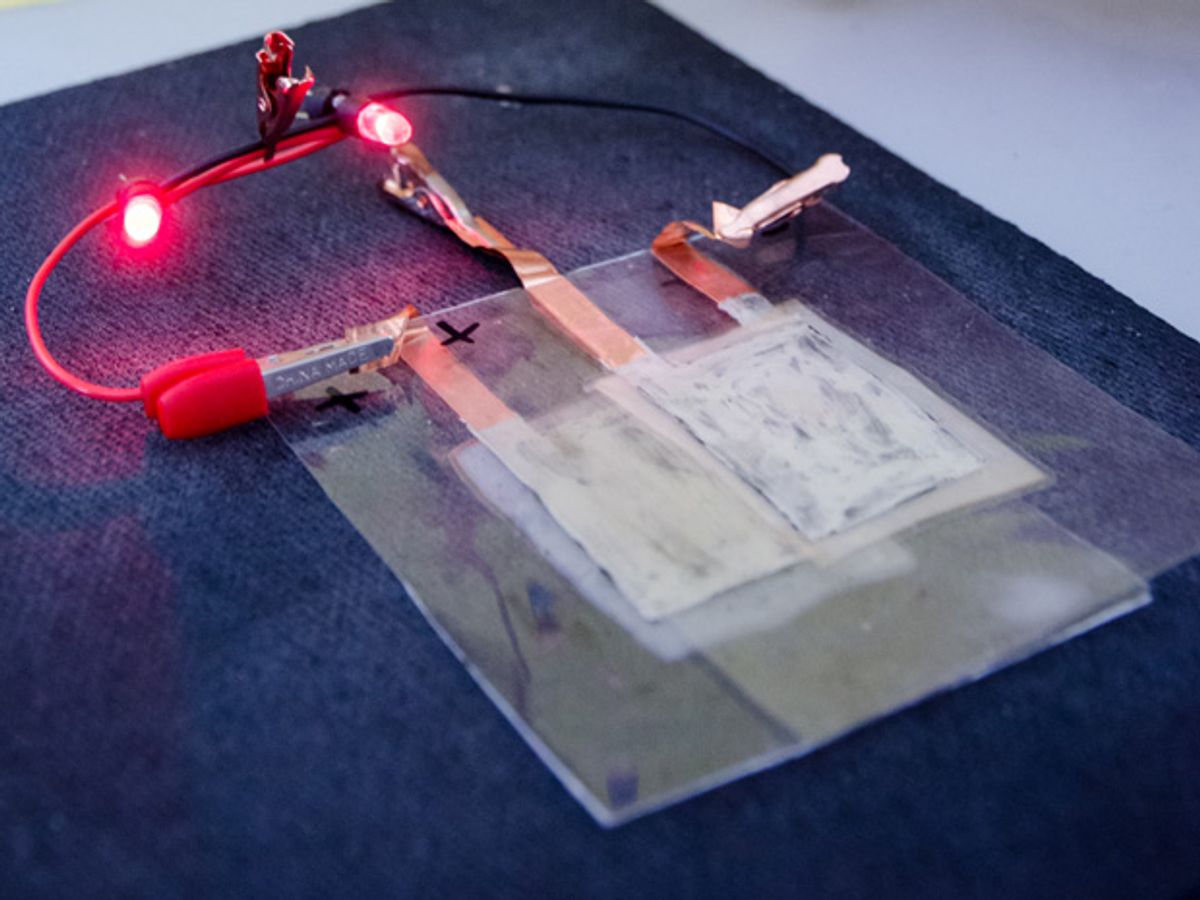After years of promises that mobile phones were going to become flexible, Samsung announced plans last month to release its flexible phone.
While the Samsung Galaxy Round is not flexible to the extent you can bend it to your heart’s content, it does offer a display that is flexible enough for the manufacturer to curve it. The move has also spurred other mobile device manufacturers to announce their intentions to market similar devices.
With the age of flexible devices seemingly upon us, one of the primary challenges for their development has been the power source. Samsung’s new phone is more or less powered by a standard rigid battery. But both LG and Samsung acknowledged that they are on a quest to develop a flexible battery that will enable a truly flexible phone.
Researchers, who anticipated that the launch of flexible mobile devices would require a flexible power source, have steadily pursued the flexible battery. There have been a few commercial efforts using printed electronics, and some thin-film technologies that have made a splash.
Over four years ago, researchers at Stanford University and the University of California, Los Angeles reported details of their efforts to use carbon nanotubes to produce flexible batteries through printed electronic techniques. The NJIT researchers avoided printed electronics and simply created a flexible material through standard electrochemical architectures, consisting of an electrode and an electrolyte. The carbon nanotubes and other microparticles used in the flexible material serve as active components of the battery such as the positive and negative material as well as the electrolyte.
“This battery can be made as small as a pinhead or as large as a carpet in your living room,” says Somenath Mitra, a professor of chemistry and environmental science at NJIT whose research group invented the battery. “So its applications are endless. You can place a rolled-up battery in the trunk of your electric car and have it power the vehicle.”
One of the distinguishing features of this technology, according to Mitra, is that consumers can fabricate it at home. Presumably one would buy a kit consisting of electrode paste and a laminating machine. To make the battery, you would coat two pieces of plastic with the electrode paste and then place a third plastic sheet between the two coated sheets. Then the assembly would be laminated together.
That feature is not likely to win the favor of companies like LG and Samsung as they seek out their solutions to the flexible battery issue. But it could make DIYers pretty pleased.
Photo: NJIT
Dexter Johnson is a contributing editor at IEEE Spectrum, with a focus on nanotechnology.




